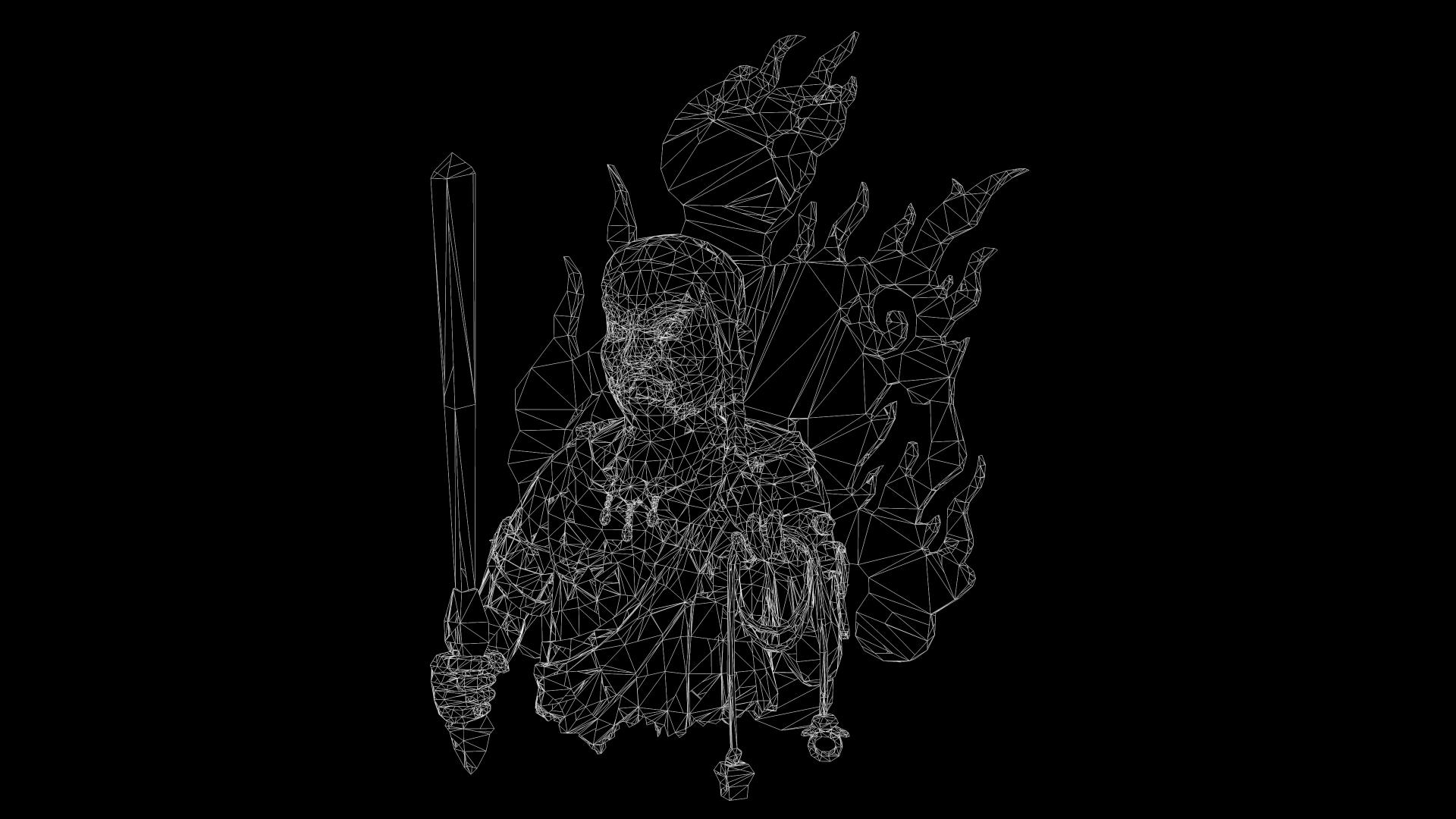Importing Static Meshes
This guide will lead you through the process of importing static meshes correctly according to the official UE4 documents.

Using The Right FBX Version
 (Image taken from the
(Image taken from the official UE4 documentation)
Unreal Engine 4s FBX pipeline only properly supports FBX 2018 as stated in the official documentation provided by Epic Games. That said, make sure to set your FBX version to 2018 if your program allows it.
Importing The Mesh Into UE4
Drag and drop the exported FBX into the content browser of UE4 and wait until the FBX Import Options window opens. The only option you need to change is Normal Import Method which needs to be changed from Compute Normals to Import Normals and Tangents. Continue by clicking on Import All.
Important Note
The current version of our custom engine (as of 24th of January 2022 at least) does not cook material references for static meshes. What this means is that you can't apply a material (instance) as you would normally do for skeletal meshes. There are two primary workarounds for it: For Usage With Characters: You will have to create a blueprint that includes the static mesh and that creates a dynamic material instance for it. Said blueprint needs to be attached to the character via a custom CharacterItem (CI) file. For Usage In Stages: Place the static mesh into your scene, select it and go into its details tab. Its material elements are editable from there.
Testing (Optional)
If you want to make sure that static meshes exported by your program of choice actually work before you attempt a larger mod, you can create an empty level (CTRL+N in the main UE4 editor window -> Empty Level) and put a testing mesh into it. I would recommend to use Mishima Dojo as its starting point is actually at 0/0/0, so save the map as stg00_effect, cook the project and pak the files as always (don't forget to include the mesh as well as the map itself).